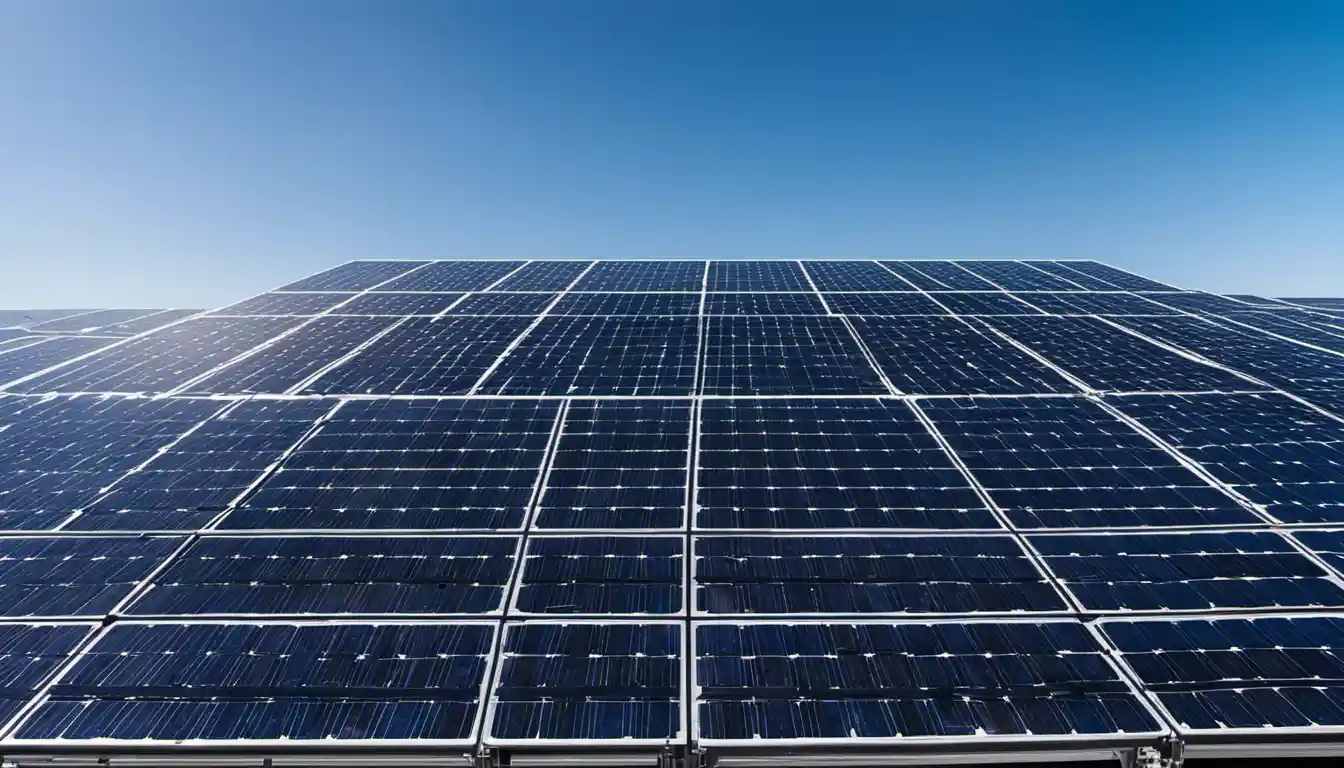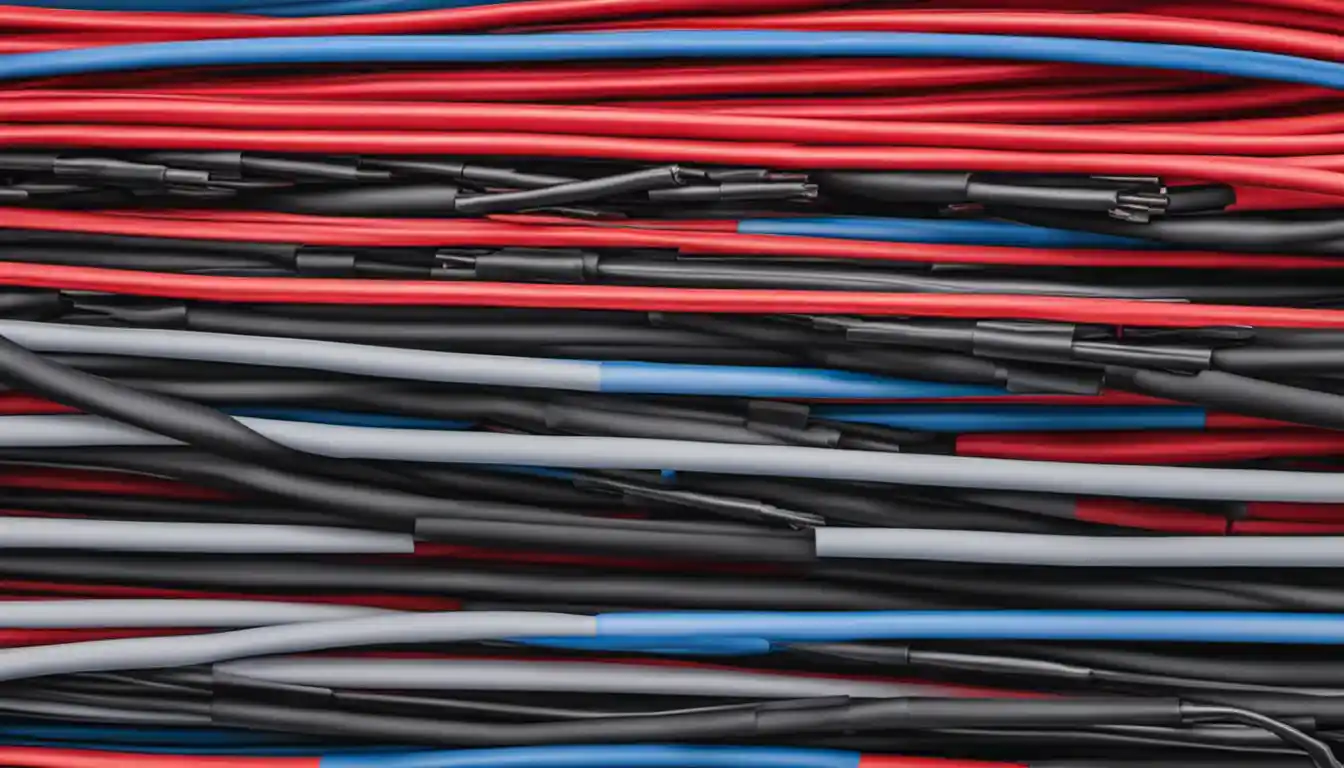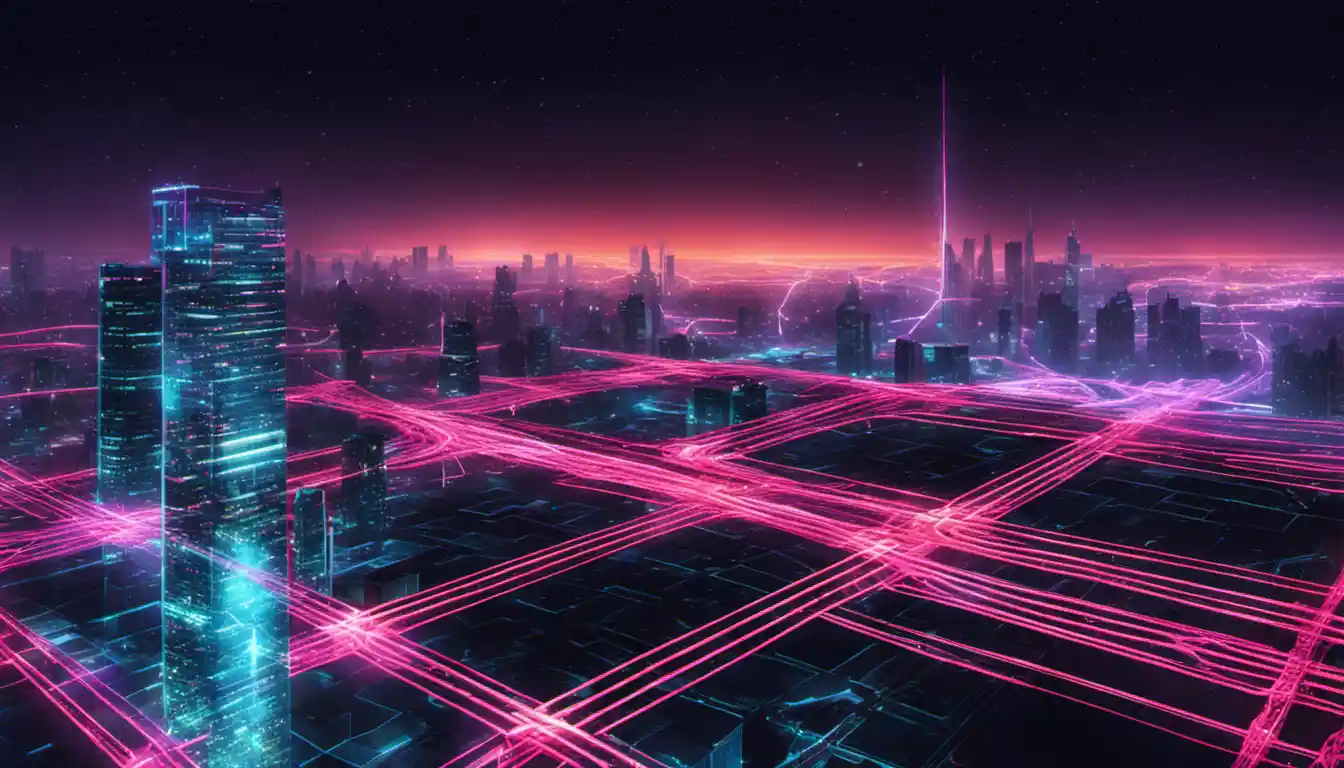Understanding Grid-Tied Solar Systems
To connect solar panels to the grid, you need to install a bi-directional meter on your home. This allows energy produced by your solar panels to be fed into the grid when you’re not using it, and for you to draw energy back from the grid when you need it. It’s essential that a licensed electrician performs the connection to ensure safety and compliance with local regulations.
Defining On-Grid Solar System
If you’re looking into “how to connect solar panels to the grid”, it’s critical that you understand exactly what an on-grid solar system is first. Often referred to as a grid-tie or grid-connected system, an on-grid solar system is a system that is connected to the utility grid. It allows your home to use the power generated by your solar panels, as well as the power supplied by the grid. This means even on cloudy days or at night, you will always have a reliable power source. For a more in-depth explanation of what grid-connected systems are, I recommend reading up on them here.
Benefits of Connecting Solar Panels to the Grid
Now, before we dive into the on-grid solar system wiring diagram, it’s worth exploring why you’d consider connecting your solar panels to the grid in the first place. The obvious advantage is the constant availability of power. However, in many areas, you can sell any excess power your solar panels generate back to the utility company, meaning a grid-tied system can be a significant income source. Additionally, any power you draw from the grid often costs less than running a generator.
Steps to Connect Solar Panels to the Grid
Let’s walk through the process of connecting solar panels to the grid step-by-step, starting with site evaluation.
Evaluation of Solar Site
Determining the suitability of your site for solar panel installation is critical. Ensure it has direct sunlight for the majority of the day, and it’s free from obstructions like trees or buildings. In addition to where your panels will go, you’ll also need to consider where to place the inverter and battery.
Solar Panel Installation
The installation phase is where the rubber meets the road – or to be more accurate – where the solar panel meets the rooftop. Solar panels should be installed at an angle that catches the majority of the sun’s rays and securely fastened so they can withstand harsh weather conditions.
Wiring of the Solar Panels

Once the panels are in place, they need to be connected in either series or parallel, depending on the output voltage required and the kind of inverter to be used. This step is complex, requiring both expertise and precision, so professional help is advised.
Installation of the Inverter
The inverter acts as the brain of your solar system, transforming the direct current produced by your solar panels into alternating current you can use in your home. The exact set-up may vary, but generally, the inverter is placed close to the main panel and the utility meter.
Connecting Inverter to the Solar Battery
A solar battery stores excess power for later use, like at night or during power outages. To connect your inverter to the battery, use high-quality cables and ensure they are correctly secured to avoid short-circuiting.
Final Connection to the Grid
After installing your solar system, the last step is connecting it to the grid. Remember, this should always be done by a licensed electrician to ensure safety and compliance with local regulations.
Essential Components for Grid Connection
A key component to understanding how to connect solar panels to the grid is understanding the essential components needed for a safe and stable grid connection.
Importance of Solar Inverter
We’ve mentioned the inverter already, but it’s worth highlighting just how critical it is. The inverter isn’t just important – it’s essential. It makes the power generated by your solar panels usable in your home by converting direct current (DC) into alternating current (AC).
Role of Solar Battery
Likewise, the solar battery plays a pivotal role in your grid-tied solar system. It stores excess power generated by the solar panels, proving invaluable during power outages, or when the solar panels aren’t generating power.
Solar Panel Connection Cables

Last but not least, your connection cables have a big responsibility. These wires carry the power generated by the solar panels to the inverter, and then to the battery and the grid. It’s crucial that these wires are of high-quality and well insulated, as faulty cables can lead to inefficient power transmission or even pose a fire hazard.
Methods to Connect Solar Panels to the Grid
There are two main methods used in on-grid solar system wiring diagrams to connect solar panels to the grid.
Load-Side Connection
Load-side connections are less complicated and cheaper as the PV system is interconnected to the building’s electrical service at the load side of the utility meter. It’s recommended for smaller solar panel setups due to the limits on how much power can be backfed.
Line/Supply-Side Connection
Line-side connections, also known as supply-side connections, are a bit more complex but allow for a higher PV system capacity. It involves interconnecting the PV system to the service conductors before (or upstream of) the service disconnect.
As a solar energy expert with 20 years of experience, I’ve seen both methods employed successfully.
Connection Requirements for Grids
Before you connect solar panels to the grid, there are a few requirements you need to understand and meet.
Grid Interconnection Rules
Interconnection rules can vary by utility and state, so it’s essential to speak with your utility company and obtain the necessary permits before installing a grid-tied PV system. You’ll likely need to also install a net meter, allowing your utility company to track the power you generate and receive from the grid.
Understanding Grid Interconnection Agreements

A grid interconnection agreement is a legal contract that outlines the terms and conditions for connecting your solar system to the grid. It may include aspects such as liability allocation, connection requirements, and maintenance obligations. It’s obligatory to learn and understand the agreement to avoid any legal issues down the line.
Grid Safety Components & Protections
Safety is critical when it comes to electricity, and connecting solar panels to the grid is no exception.
Functions of Circuit Breakers
Circuit breakers play a key role in protecting your solar system and house from electrical faults. They disrupt the flow of electricity when they detect a fault condition, avoiding potential fires or power surges.
Importance of Grounding and Bonding
Grounding and bonding are crucial for the safe operation of a PV system. Grounding provides a safe path for electricity to travel in the event of a short circuit, while bonding ensures all metallic parts are at the same electrical potential to prevent electrical shock.
Consideration of Batteries for Grid Connected Homes
Though a battery might seem redundant in a grid-tied system, there are some scenarios where they can prove invaluable.
Role of Batteries in Grid-Tied Solar Systems
In typical grid-tied solar systems, batteries aren’t essential since the grid acts as your backup. However, if your grid experiences frequent power outages, having a battery backup can ensure you don’t lose power when you need it most.
Selection of Suitable Solar Batteries
Finding the right battery for your system can greatly affect your system’s efficiency. Some solar installers recommend lithium-ion batteries for their long lifespan and high efficiency, while others may recommend lead-acid batteries due to their affordability.
Solar power can be a fantastic power source and connecting it to the grid is straightforward if you take the time to understand each step. Hopefully, this guide has provided a good starting point for anyone interested in tapping into solar power and enjoying the far-reaching benefits it brings to our planet and utility bills.
Remember, if you’re unsure about anything, consult with a professional; working with electricity is dangerous and should not be attempted without proper training and equipment.



